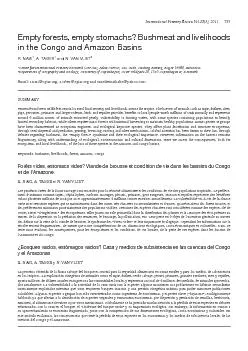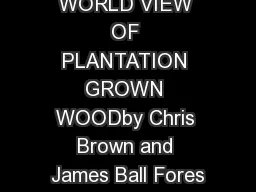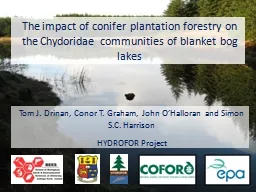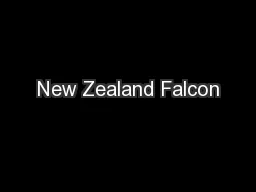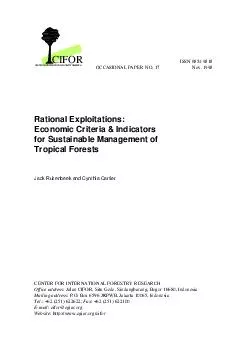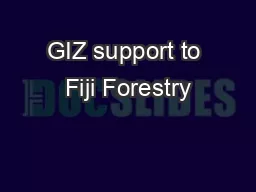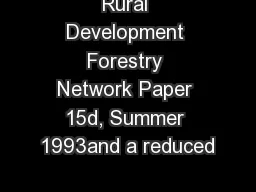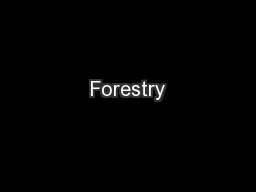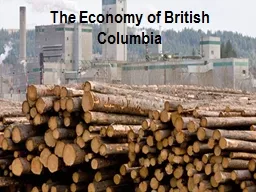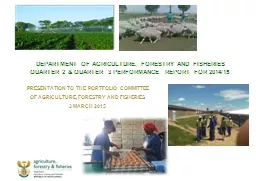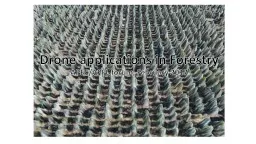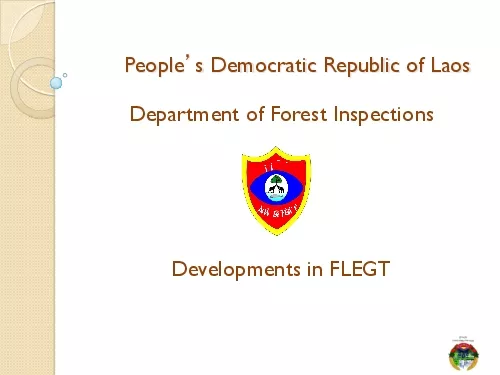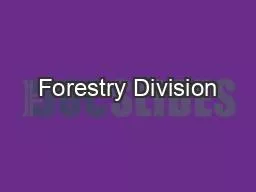PDF-International Forestry Review Vol.(3), 2011
Author : briana-ranney | Published Date : 2015-11-02
Empty forests empty stomachs Bushmeat and livelihoods INTRODUCTIONThere is ample and diverse evidence see Nasi a review that the scale of current hunting is a serious
Presentation Embed Code
Download Presentation
Download Presentation The PPT/PDF document "International Forestry Review Vol.(3), 2..." is the property of its rightful owner. Permission is granted to download and print the materials on this website for personal, non-commercial use only, and to display it on your personal computer provided you do not modify the materials and that you retain all copyright notices contained in the materials. By downloading content from our website, you accept the terms of this agreement.
International Forestry Review Vol.(3), 2011: Transcript
Download Rules Of Document
"International Forestry Review Vol.(3), 2011"The content belongs to its owner. You may download and print it for personal use, without modification, and keep all copyright notices. By downloading, you agree to these terms.
Related Documents

